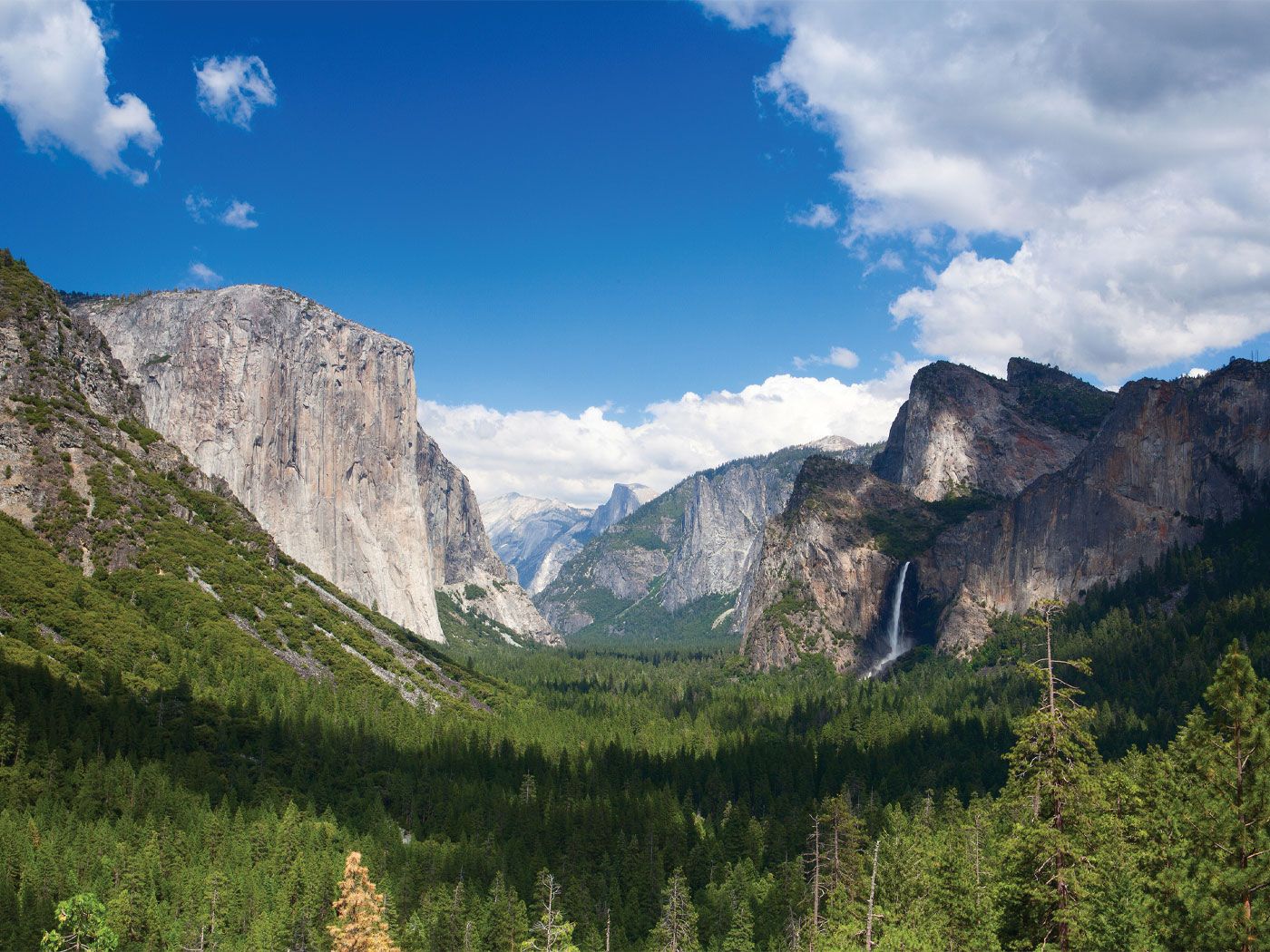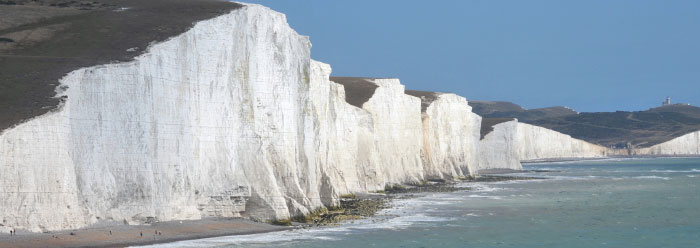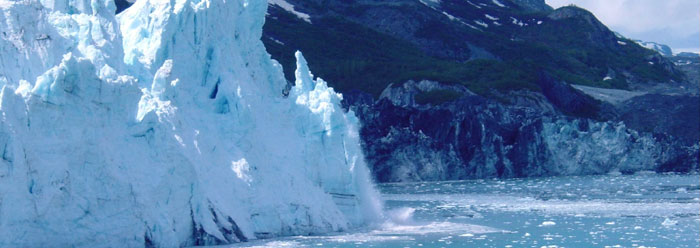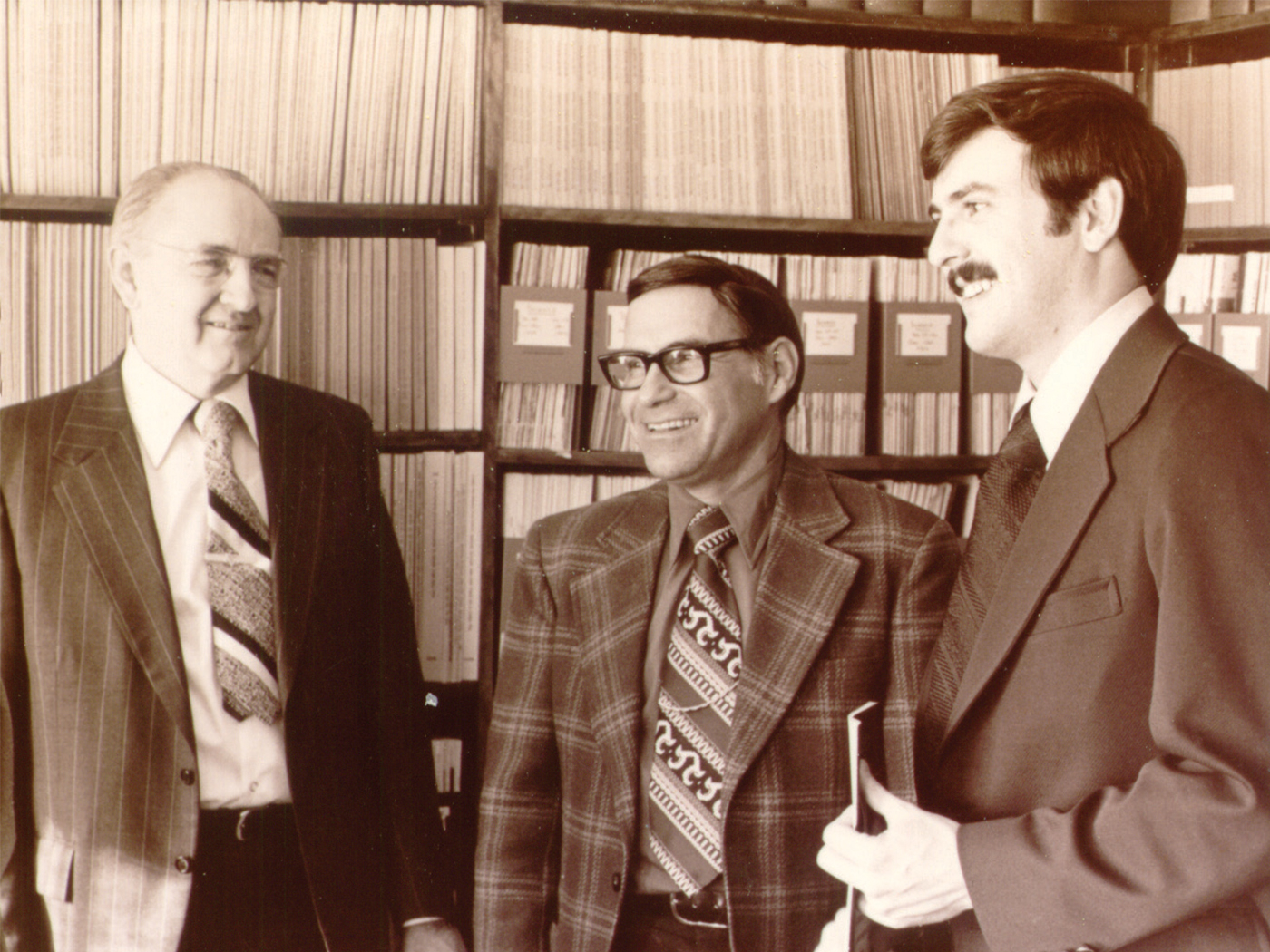The Global Flood Explains the Ice Age
Few can deny that an ice age really happened only thousands of years ago. Secular scientists have presented over 40 failed attempts to provide an adequate natural cause for an ice age. Could Noah’s Flood hold the answer?
Two key climate factors are required for an ice age. First, warm oceans are needed to increase evaporation, which ultimately generates extra rain near the equator and snowfall in northern latitudes that builds ice sheets atop the continents. Second, Earth’s atmosphere must contain enough tiny airborne particles called aerosols to reflect sunlight and keep the ice from melting during warm summer months.
Genesis 7:11 says that deep fountains burst forth to start the Flood, and we know that the earth’s depths are quite hot. When those hot fountains burst, they warmed global waters—just what’s needed to increase rain and snowfall. Continued volcanic eruptions from deep fountains would have ejected a supply of airborne aerosols that lingered long after the Flood. As time passed, Earth gradually settled from the Flood’s devastating effects and the Ice Age faded, leaving behind clear evidence of extensive glacial activity in northern areas and of a formerly tropical environment in places that are now desert.
The catastrophic global Flood supplies both Ice Age requirements—hot oceans and aerosols—and stands as the best Ice Age explanation.





.jpg)




